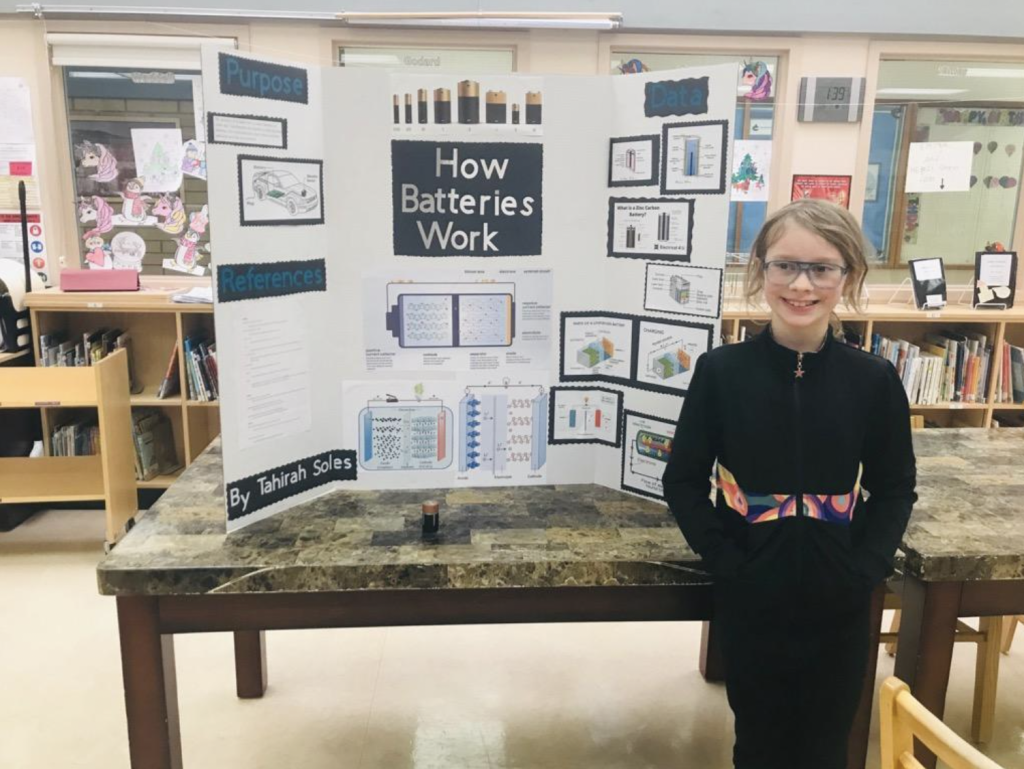The science fair project abstract briefly summarize the research’s key elements, including the topic or hypothesis, methodology, findings, and conclusion. Science fairs require abstracts. The project abstract for most science contests is limited to 250 words. Because the abstract acts as a summary of your work, be sure to write it properly so you can draw attention to the important details.
According to nearly all engineers and scientists, the following elements must be in an abstract:
Introduction. First, explain the importance of your science fair idea. Why is anyone interested in the information you provide? You should focus on the most important details of the project and not just the superficial. Ask yourself: how is your science fair project different from the competition? After the abstract is finished, you can encourage your reader to look through the whole paper.
Problem Statement. Briefly explain the problem or theory that you investigated.
Methodology. How did you research this subject? If they are vital to your research, you should only discuss them in depth.
Findings. Which answer were you given? Be precise in describing what you found and include statistics. Avoid using ambiguous words like “most” or “some.”
Conclusion. Describe how your science fair project advances the field of your research. Don’t forget to mention whether you fulfilled your design requirements for an engineering project.
Avoid using:
- Specialized language. The majority of readers won’t comprehend jargon, so stay away from any technical words.
- Acronyms and abbreviations. If you are using abbreviations or acronyms that aren’t widely used, make sure to explain the meaning.
- Citation list. A bibliography is usually not included in abstracts.
- Tables, graphs. These are also not included in abstracts.
- Research findings from the past. The abstract must be based on the research of the previous year.
- Acknowledgments. If you collaborate with another scientist or supervisor, your abstract should simply describe the steps you carried out.
Abstract: The purpose
It is crucial because the abstract is the first thing readers will see and it will most likely be what they base their perception of the research paper. Readers can easily decide whether they want to read the whole paper after reading the abstract of your project. You need to write an interesting and engaging abstract to get judges and general public interested in your project. However, if time is a constraint or you lack the knowledge, there are always people you can turn to. STEM essay experts For help, get the high-quality abstract that you are looking for.
Because of the short word count, each part of an abstract is usually just one to two sentences. Every word that you use to convey your ideas is important. Omit words and sentences that don’t add anything significant!
A Mind Count for Writing Abstracts
Writing an abstract is a difficult task. When the limit is overlooked, the abstract is usually sent back along with a request for a shorter version. Judges make this decision with ease, but it can be challenging to briefly summarize a work you struggled with for days, weeks, or even years into a 150–250-word statement. Here’s a piece of advice: don’t worry too much about length when writing your first draft. Be sure to include all details. When your draft is ready, leave out the words and sentences that aren’t as important.

